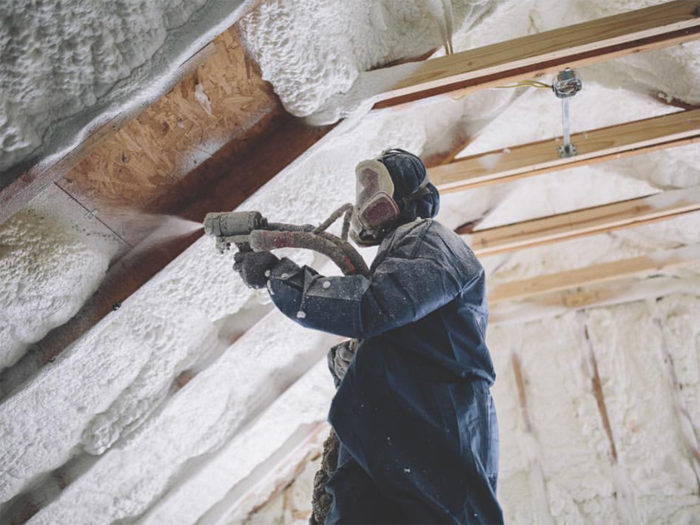Atmospheric air typically contains 2 million dirt particles per cubic ft. Of that, 80% of these particles are less than 2 microns in size and are too small to be captured by the compressor intake filter and will pass directly into the compressed air
system.
A small 100 SCFM compressor and refrigeration dryer combination, operating for 4,000 hours in typical climatic conditions can produce approximately 2,200 gallons (8,328 liters) of liquid condensate per year.
Bacteria and viruses will also be drawn into the compressed air system through the compressor intake and warm, moist air provides an ideal environment for the growth of micro-organisms. Along with this, compressors contain oil to lubricate the piston as it strokes to compress the air. This oil is carried over into the compressed air system and mixes with water vapor in the air to form an aerosol. The water/oil mix is very acidic, causing damage to the compressed tank by creating rust particles.
This is why you can't use your air compressor as a fresh air supply without special filters designed to remove oil, water, vapors and particulates from rust. All of this runs down the supply hose and into your equipment and gun.
Coming out of the air compressor should be a pre-filter and should be sized 2x larger than the output fitting. If your compressor has a 1/2" fitting, you need a 1" coalescing filter. This filter will remove larger particles of solids and fluids. As the air cools, more water will fall out of the air. That's what a refrigerated dryer is for. It chills the air and causes water vapors to drop out, but it only works on vapors, not fluids. Ideally, your dryer should be as far from the compressor as possible to allow the air to cool some prior to entering the dryer. At the inlet of the dryer, a .5 micron filter is required to remove solid contaminates. After the dryer is when you can plumb the Breathing air panel for your supplied air masks. Supplying the supply air system with as air that is clean and dry will allow the system to work better and longer. See this link for the panel:
http://www.spfdepot.com/product_p/lm-50-2.htm
We also recommend the LM-100 or the SPF Depot DD-10 inline air dryer at the inlet to your transfer pump and drum mixer motor to increase the life of the seals.
This panel meets all OSHA standards for the breathing air required at your job site.
For more breathing safety products,
click here.
